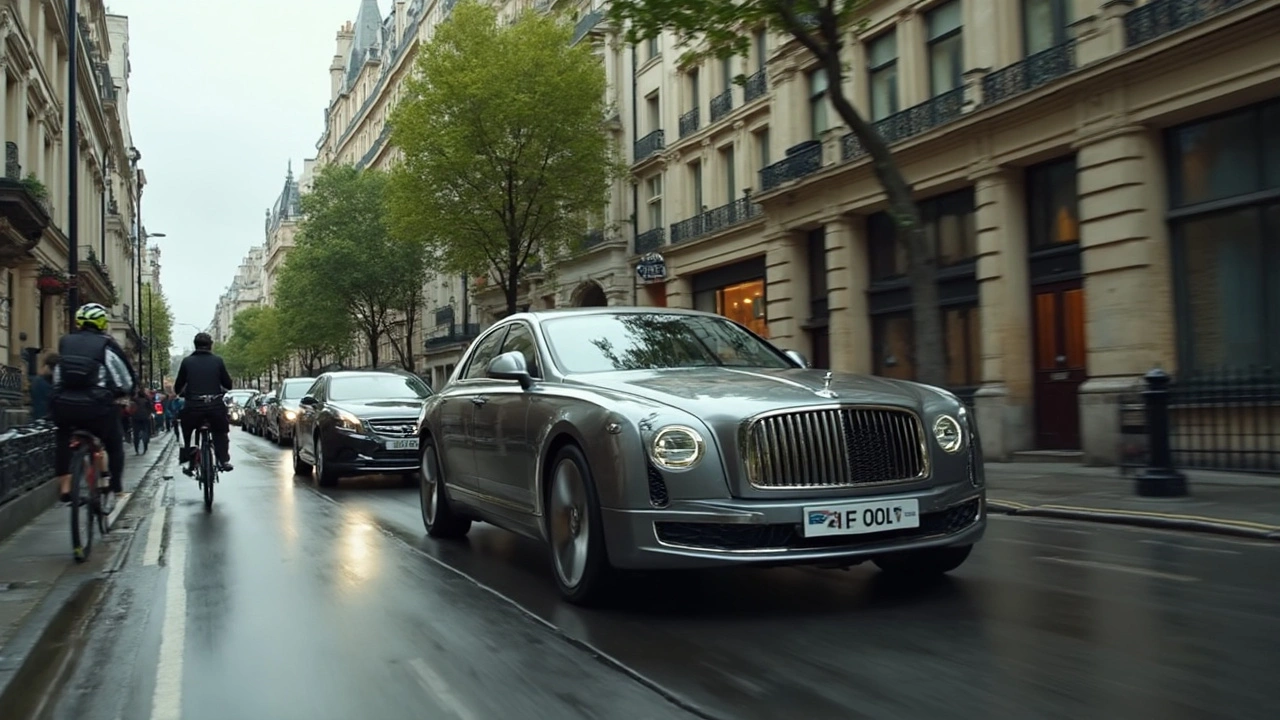E10 Escorts, widely discussed in Australia, provide eco-friendly transportation services utilizing E10 ethanol-blended fuel. As environmental concerns rise, so does the interest in alternative fuel options, making these services a sensible choice. This article explores what E10 fuel is, why it's used, and offers valuable tips for those considering these services. Get to know how E10 fuels can be both an economical and environmentally savvy option for transportation around Sydney.
Read MoreVehicle Guide – Simple Steps to Pick, Keep, and Use a Car Wisely
Whether you’re hunting your first ride or just want to get more out of the one you have, this guide gives you straight‑forward advice without the jargon. We cover the basics of buying, maintaining, and driving safely so you can avoid common headaches and save money.
How to Choose the Right Car for Your Life
Start by listing what matters most to you. Do you need space for a family, low fuel costs for a long commute, or a sporty feel for weekend trips? Write down three priorities and rank them. That list will keep you focused when you browse listings.
Next, set a realistic budget. Include the purchase price, insurance, tax, and a rough estimate of monthly fuel and maintenance. A good rule of thumb is to keep all car‑related costs under 15 % of your take‑home pay.
When you find a model that fits, check its reliability scores on sites like WhatCar or Consumer Reports. Look for common problems that owners report and see if parts are easy to find. A reliable car saves you time and money in the long run.
Keeping Your Vehicle in Top Shape
Regular maintenance is the cheapest way to avoid breakdowns. Change the oil every 5,000‑7,000 miles, or follow the manufacturer’s interval if it’s longer. Keep the tire pressure at the recommended level; low pressure wastes fuel and wears tires faster.
Don’t ignore the dashboard warning lights. A quick scan with an OBD‑II reader can tell you if something serious is brewing before it becomes a costly repair. If you’re not comfortable doing basic checks, schedule a quick inspection at a trusted garage every six months.
Clean the interior and exterior regularly. Dust and grime can hide rust spots, especially around wheel wells. A simple wash and wax every few months protects the paint and helps you spot any new scratches or dents early.
Driving Safely and Smartly
Use the seatbelt every time – it’s the single most effective safety tool. Keep your speed within limits, not just to avoid tickets but to reduce wear on brakes and tires.
Plan routes ahead of time with a navigation app that warns about traffic jams and road work. This saves fuel and reduces stress. If you drive a lot, consider a fuel‑efficiency mode if your car has one; it can shave a few percent off your consumption.
Finally, adopt defensive driving habits. Keep a safe distance, anticipate other drivers’ moves, and avoid distractions like scrolling on your phone. A calm, focused driver is less likely to cause an accident or damage the car.
By following these simple steps – choosing wisely, staying on top of maintenance, and driving responsibly – you’ll get the most out of your vehicle without breaking the bank. Keep this guide handy whenever you think about a new car or notice something off with your current ride.
